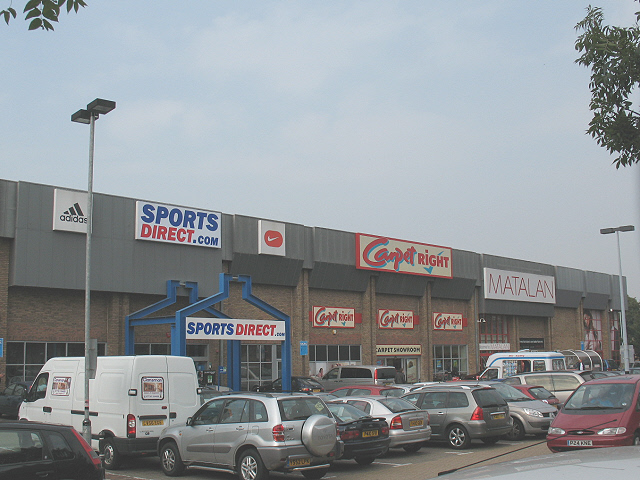By: Blaine Kelton
We’ve been hearing about the disruptive potential of the IoT for some time now, though most of the major developments have occurred on a large scale that doesn’t impact consumers directly. We’ve seen IoT solutions for clean energy, making cities smarter, improving manufacturing procedures, and many other big business applications. But in the past year or so we’re starting to see one major IoT-related development that’s putting consumers face-to-face with technological changes. The IoT has begun to transform the retail experience.
In part, this is through experiences that customers actually interact with in stores. This article, for instance, discusses a company called Oak that’s looking to bring some of the convenience of online shopping to retail environments, specifically in clothing stores. Online, people love the ability to quickly find new styles and sizes when the first few options don’t work. In stores, however, trudging back and forth between a dressing room and the shelves can be an aggravating experience. Oak is essentially fusing a computer program with dressing room mirrors, allowing customers to use the mirrors like touchscreens to cycle through the store’s inventory and find new items. This is done automatically as every item in the store has an RFID chip connecting it to Oak, and when the customer selects a new item an employee with a connected iPad is alerted, and can then bring the item to the changing room. It’s actually quite simple, but it’s a remarkable step up in convenience for retail shoppers.
On a broader level, we’re also beginning to see retail chains take up the use of bluetooth beacons to make shopping more convenient, and even more enjoyable. A write-up on the use of beacons in retail from earlier this year delved into the various benefits customers can enjoy as a result of this development, and they’re actually more far-reaching than most would expect. Bluetooth beacons are basically small sensors placed physically throughout stores that can reach out and communicate with customers who have bluetooth devices and the relevant shopping apps. In such conditions, the beacons can offer coupons and discounts, help the customer navigate the store, and even make suggestions based on purchasing history. In short, they bring a lot of the perks of online shopping back into stores.
So far we’ve looked at a few examples of the most overt ways in which IoT technology is impacting customers. But there are some other changes being made that also have a direct impact on the shopping experience, even if they’re less visible or apparent. And for the most part, these have to do with the supply chain. Consider, for instance, how many times you may have wandered into a store only to find that they were out of something you wanted, be it a bestselling book, a new mobile device, or simply your size in a shirt. It’s a common problem, and it’s being addressed with simple sensors on store shelves that can recognize when inventory is running low and automatically send alerts to managers or even directly to a shipping or production headquarters.
At that point, the shipping process is set into motion, and even in that process the IoT is playing a role in making things more efficient. As you can read about here, shipping managers are using GPS and IoT-connected WiFi sensors in fleet vehicles to keep their drivers on the fastest and safest routes. Scheduling has never been more comprehensive in shipping, and the result is that product is delivered to distribution centers and then to retail locations as quickly as possible. Coupled with the inventory sensors, this means product can be restocked pretty much as needed. Which means customers are less and less likely to be met with the annoying problem of finding items out of stock.
Considering all of these factors, the retail experience is actually being altered fairly drastically as a result of the expanding IoT. It’s certainly good news for an industry that’s been losing a lot of customers to the Internet (even though in-store retail is still the more popular form of shopping), and it’s a wonderful development for the average consumer.
Blaine Kelton is a budding writer with interest in technology, among other subjects, and is based in California, USA.
All information/views/opinions expressed in this article are that of the author. This Website may or may not agree with the same.

